Just months after passage of the federal Inflation Reduction Act (IRA), power plant owner-operator AES Corporation and industrial gases company Air Products announced a $4 billion joint venture to build, own and operate a green hydrogen production facility in Texas with 1.4 GW of solar and wind capacity, that could qualify for the clean hydrogen production tax credit under section 45V of the IRA.
The project, to produce 200 metric tons of green hydrogen per day, is “financially viable” even without a grid connection, said the policy consultancy Energy Innovation in a report.
To identify other locations where green hydrogen production can be profitable, Energy Innovation modeled project economics and found that in areas with a “strong” wind resource and “decent” solar resource, these projects are “financially viable from the outset.”
The broader focus of the report is an argument for “smart design” of the section 45V production tax credit for clean hydrogen, to ensure that it fosters both low emissions and growth of the clean hydrogen industry.
The report discusses three types of clean hydrogen project designs that the authors suggest will qualify for the tax credit, by matching renewable generation on an hourly basis with the consumption of electricity by electrolyzers.
Electrolyzers use electricity to split water molecules into hydrogen and oxygen. The U.S. Treasury is currently developing regulations to specify the requirements to qualify for the section 45V tax credit.
The simplest project design discussed in the report would use only on-site renewable power, as shown at left in the nearby image. The report also describes “export-only” projects that could sell excess renewable power to the grid and, at times of high market power prices, turn off the electrolyzer plant and sell all the power to the grid. The third project configuration, “detached,” would use grid power and could match its hourly use of power to hourly accounting of the emissions rate from grid power.

For its financial analysis, Energy Innovation modeled export-only projects with “oversized” wind and solar capacity relative to the electrolyzer plant’s capacity. Oversizing the renewable generation can increase the electrolyzer plant’s utilization, as indicated in the nearby image. The image also shows sales of exported electricity both at times of excess generation and when market prices for power are at a “premium.”
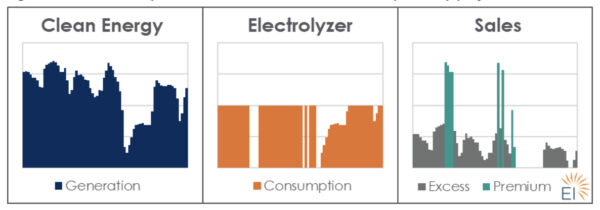
“Wide swaths of the U.S.” can support profitable green hydrogen production, the report says, where the cost of power from new wind and solar capacity averages less than $25/MWh, as shown on the nearby map.
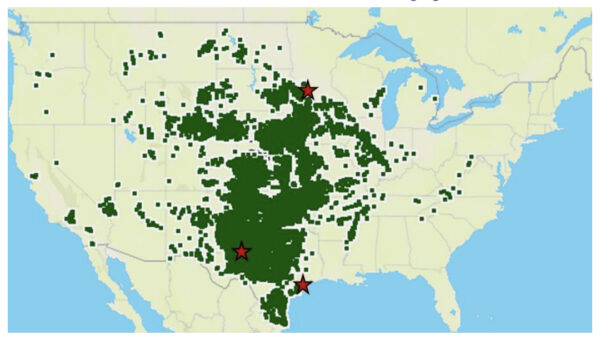
Energy Innovation map of hydrogen production in the U.S.
For the three locations shown with stars on the map, Energy Innovation modeled project finances for an export-only green hydrogen plant. Most profitable was the West Texas location, achieving profits of $143 per kW of electrolyzer capacity per year, by powering a 1 MW electrolyzer plant with 3 MW of solar and 2 MW of wind. Next most profitable was the location near Houston, with profits of $85 per kW/year using higher levels of both solar and wind capacity, followed by the southwest Minnesota location with profits of $61 per kW/year using 2 MW of solar and 4 MW of wind.
Energy Innovation assumed electrolyzer capital costs of $1,400 per kW. Revenues would include hydrogen revenue of $1/kg, plus the IRA’s production tax credit and electricity sales. The cost of water was not a factor in the analysis. In each location, about half the electricity generated would be sold to the grid. The need for an export-only hydrogen plant to interconnect to the power grid, the report says, is “a process which can incur high costs, delays, and overall uncertainty.”
As electrolyzer capital costs continue to decline, green hydrogen projects will become economic in more locations over time, the report says. When those costs decline to the point that electrolyzers need to run only 20% to 30% of the time to be profitable, “solar-only projects will become viable.” The report says “this is a desirable long-term outcome,” because electrolyzers that run only in “very low-priced hours can help integrate higher shares of renewable energy onto the grid.”
To enable the use of hydrogen for seasonal storage of renewable power, Mitsubishi Power Americas and Magnum Development LLC are adding 300 GWh of hydrogen storage capacity in salt domes near the Intermountain Power Project in Utah, which sells electricity to the Los Angeles municipal utility.
Current industrial uses of hydrogen include production of ammonia, largely for fertilizer, and oil refining. Ammonia could also be used as a fuel for shipping. The Green Hydrogen Coalition says that green hydrogen could also decarbonize the production of steel and cement.
This content is protected by copyright and may not be reused. If you want to cooperate with us and would like to reuse some of our content, please contact: editors@pv-magazine.com.
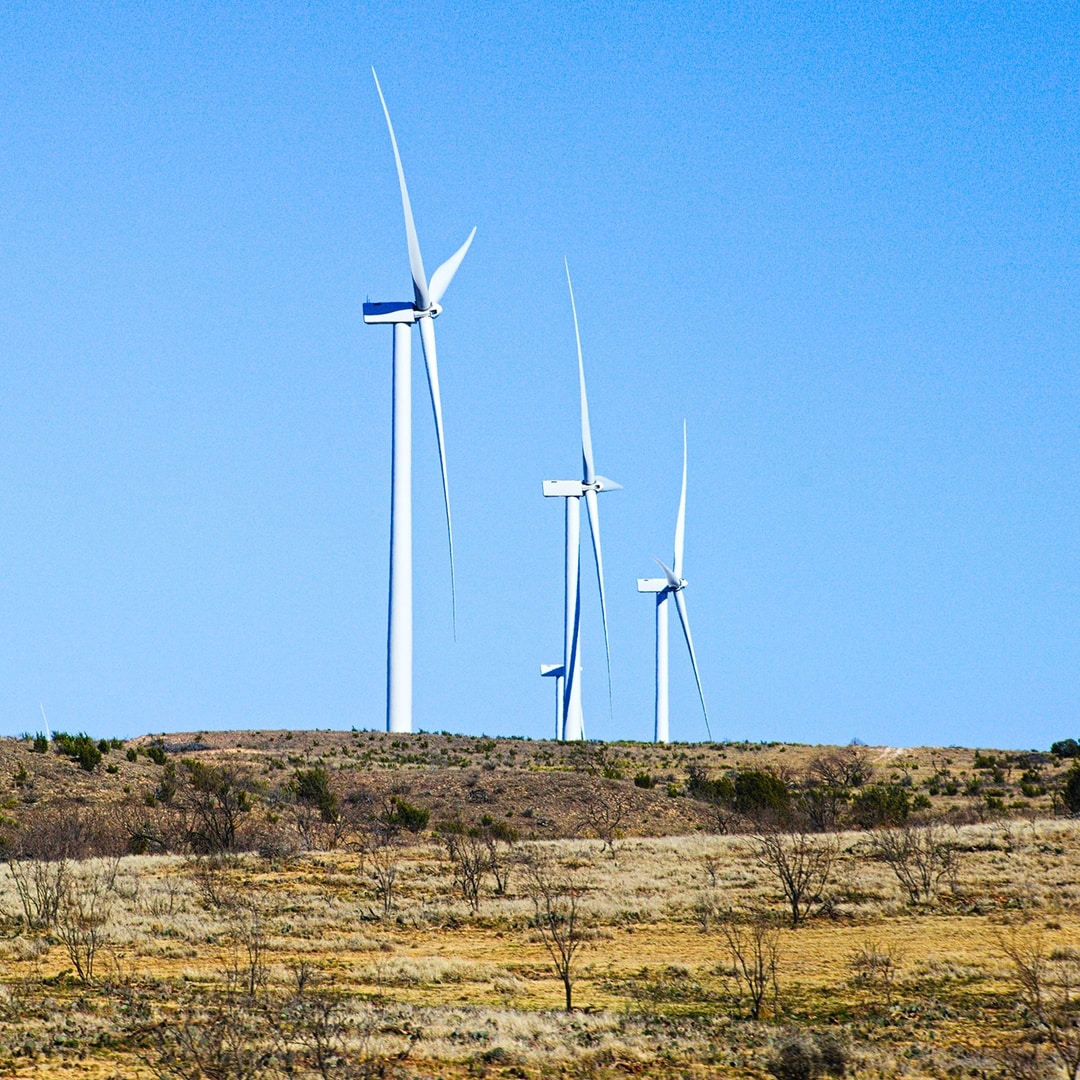
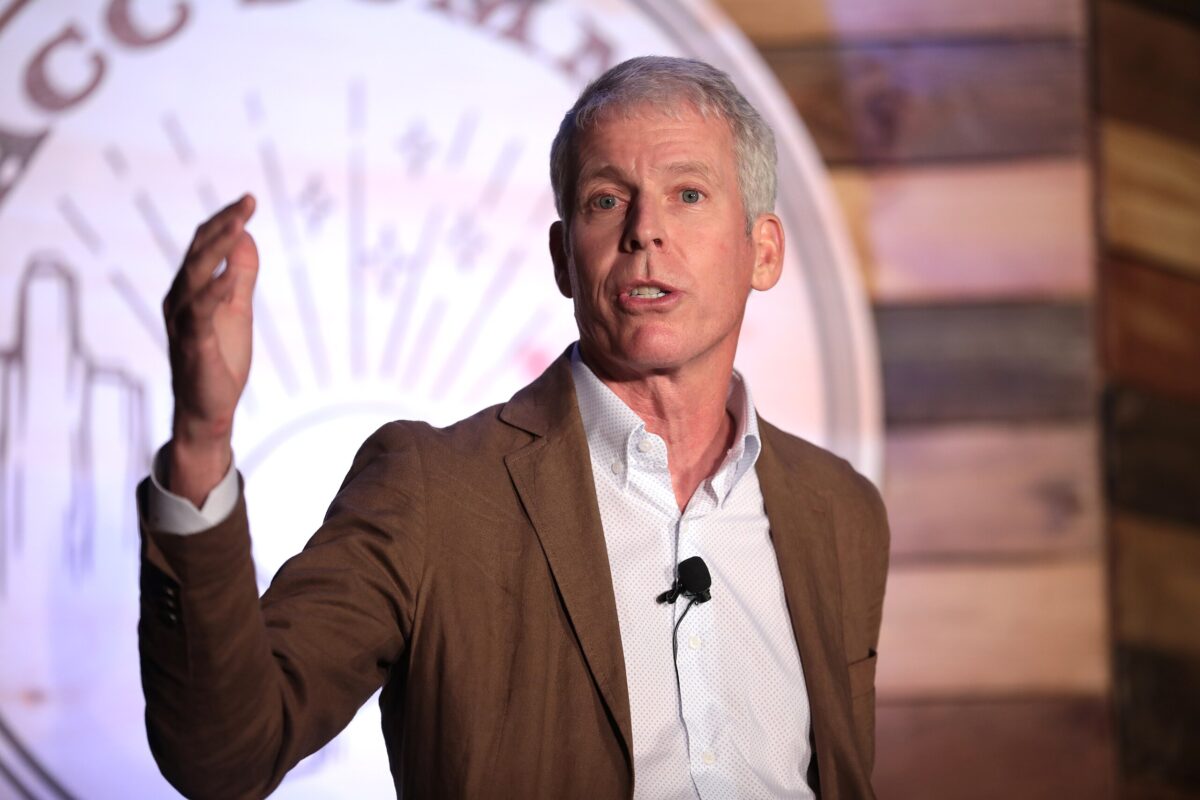



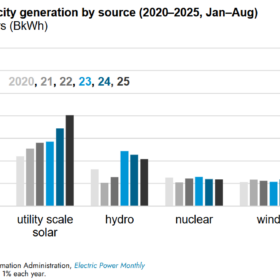
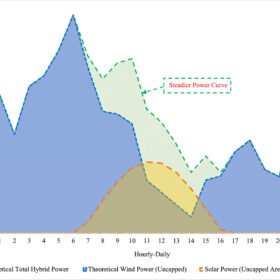
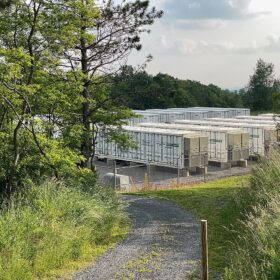
If hydrogen becomes abundant I would like my house to be powered entirely with hydrogen and use outside electricity for emergency only. Also power my cars hybrid mode or ICE.
‘Overbuilding’ solar and wind capabilities is starting to make a lot of sense. Any excess power can thus be shifted into battery storage…and/or hydrogen production. If the grid doesn’t need the power, making hydrogen starts to get really cheap.